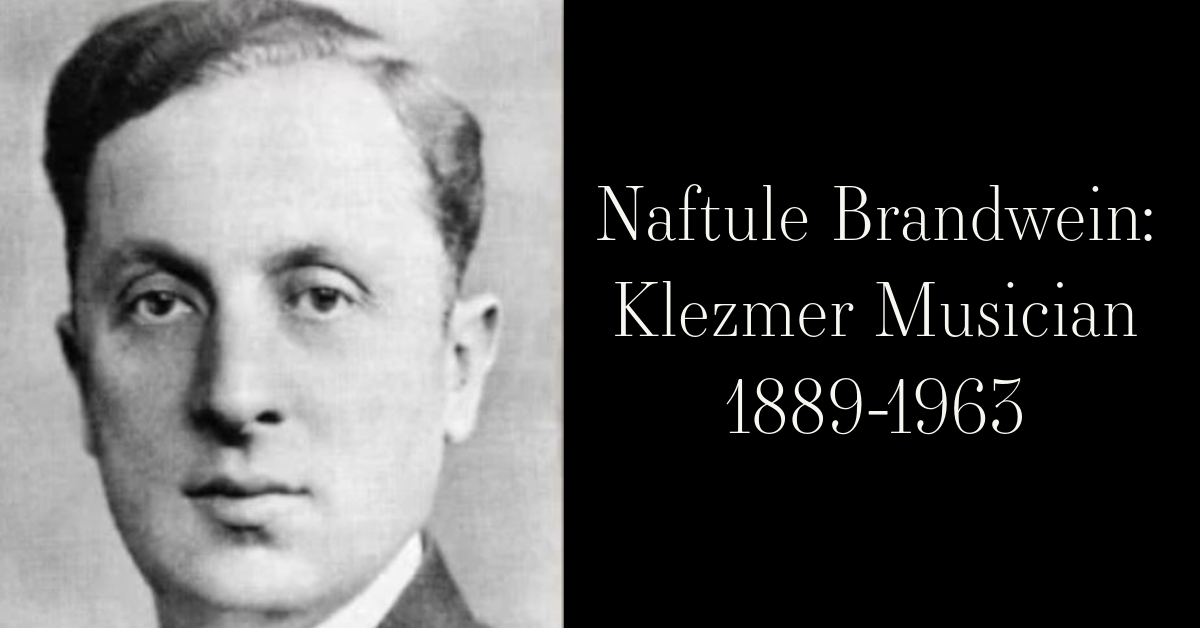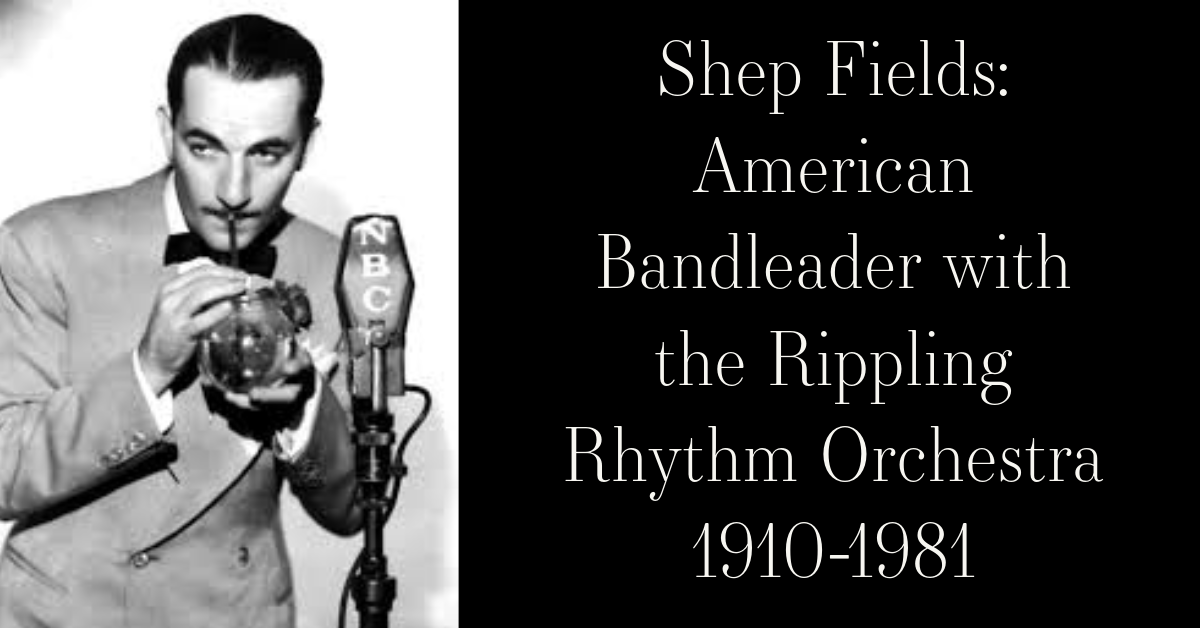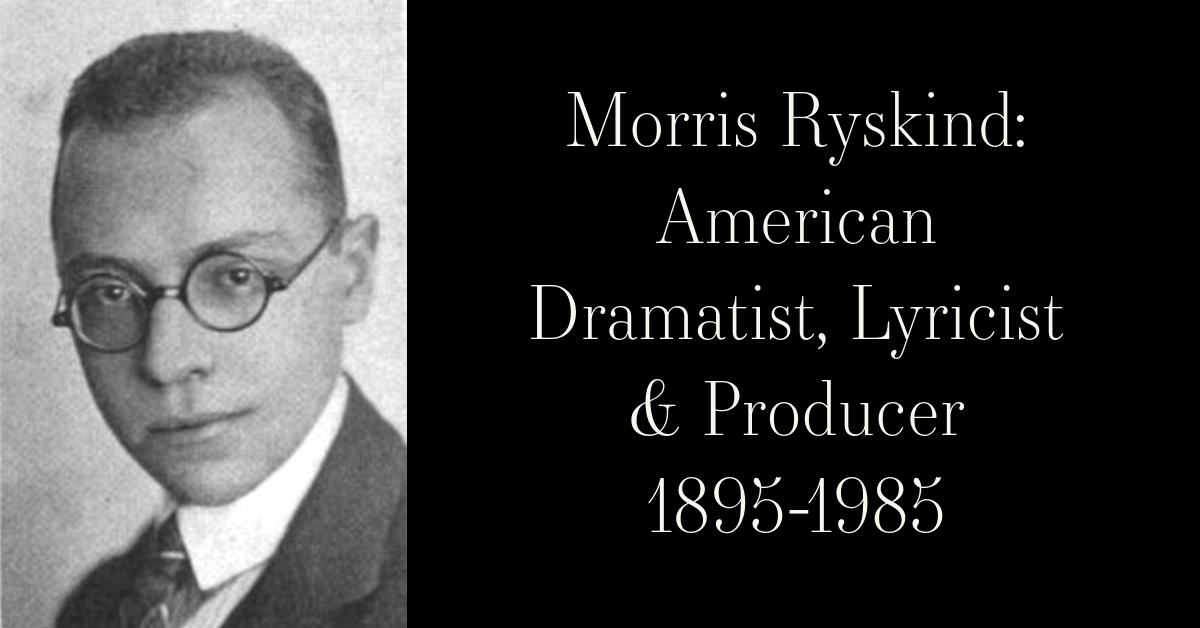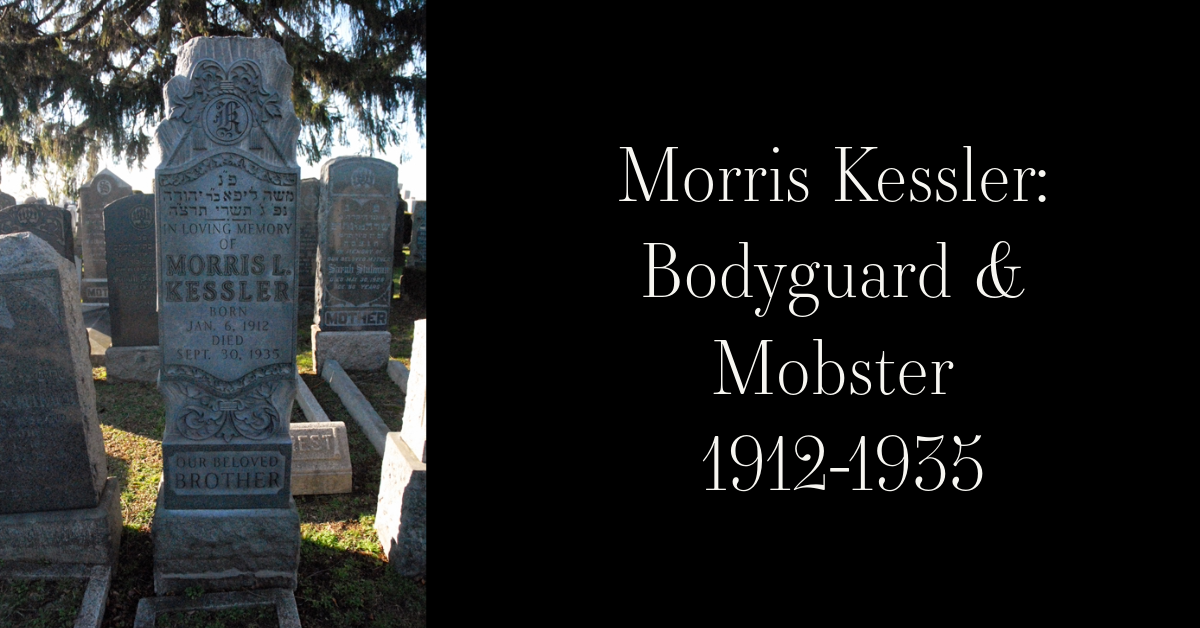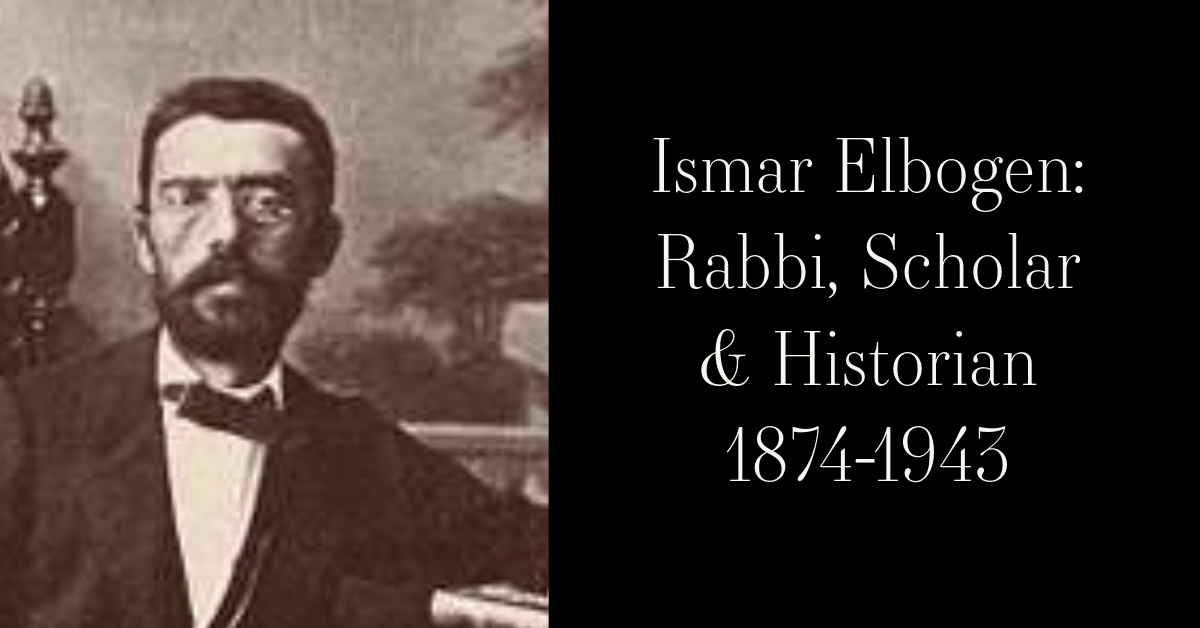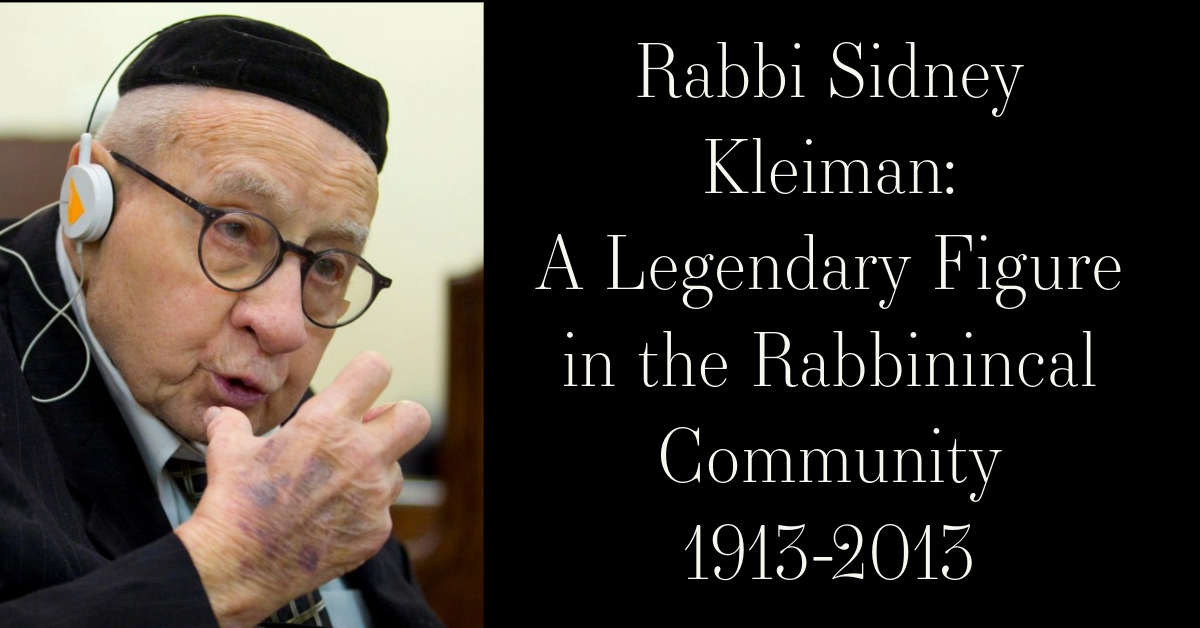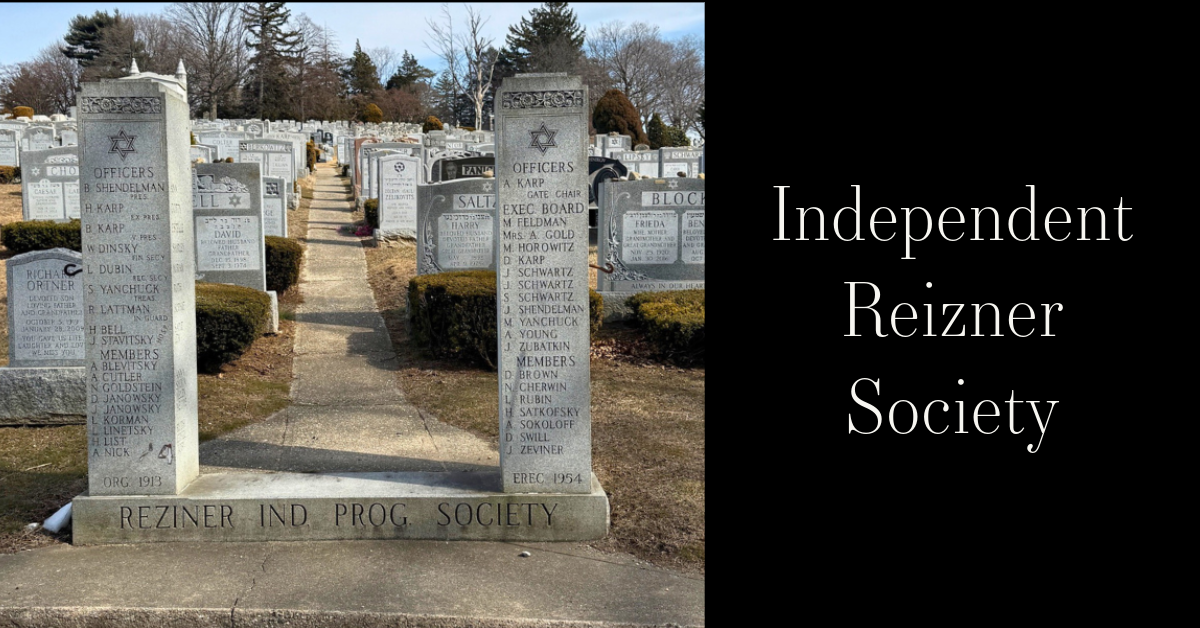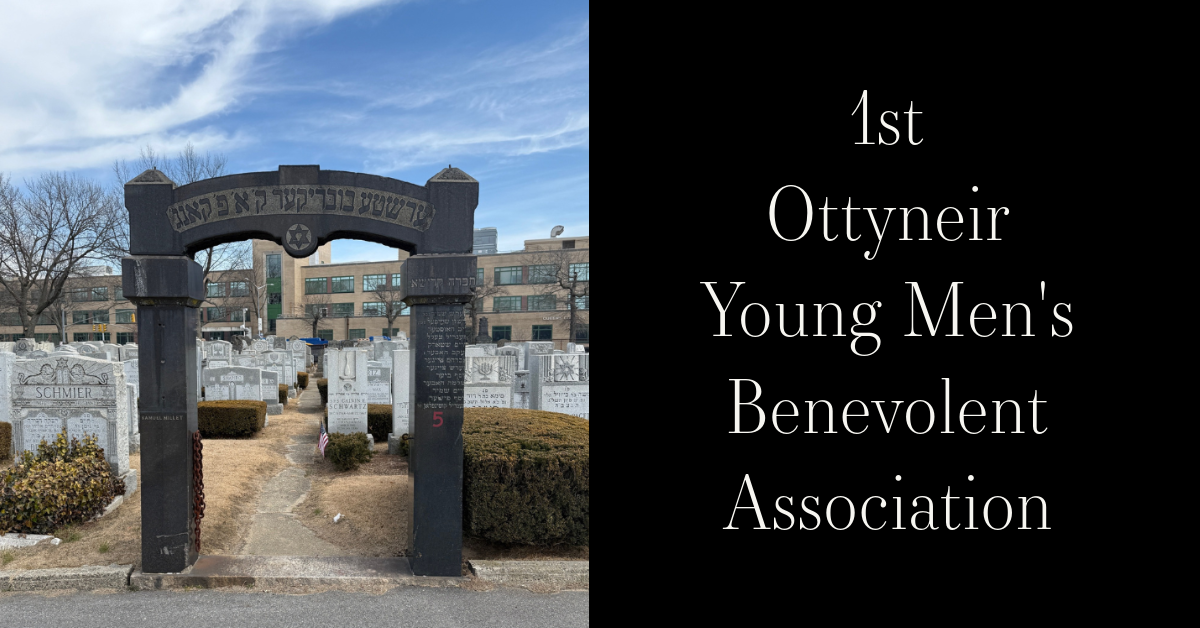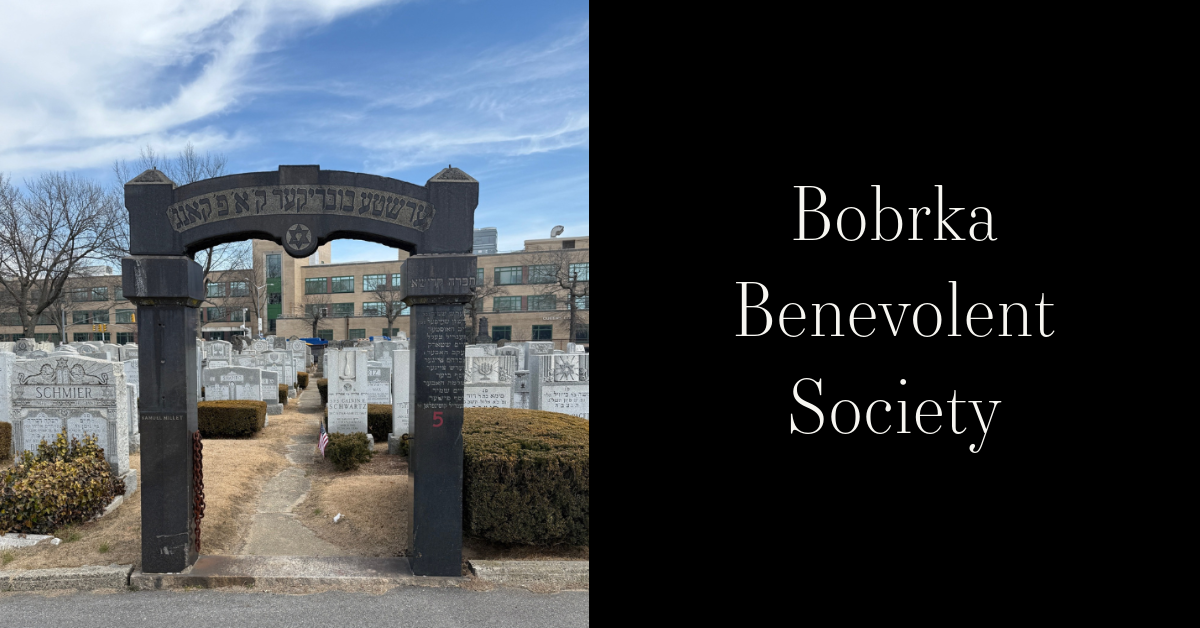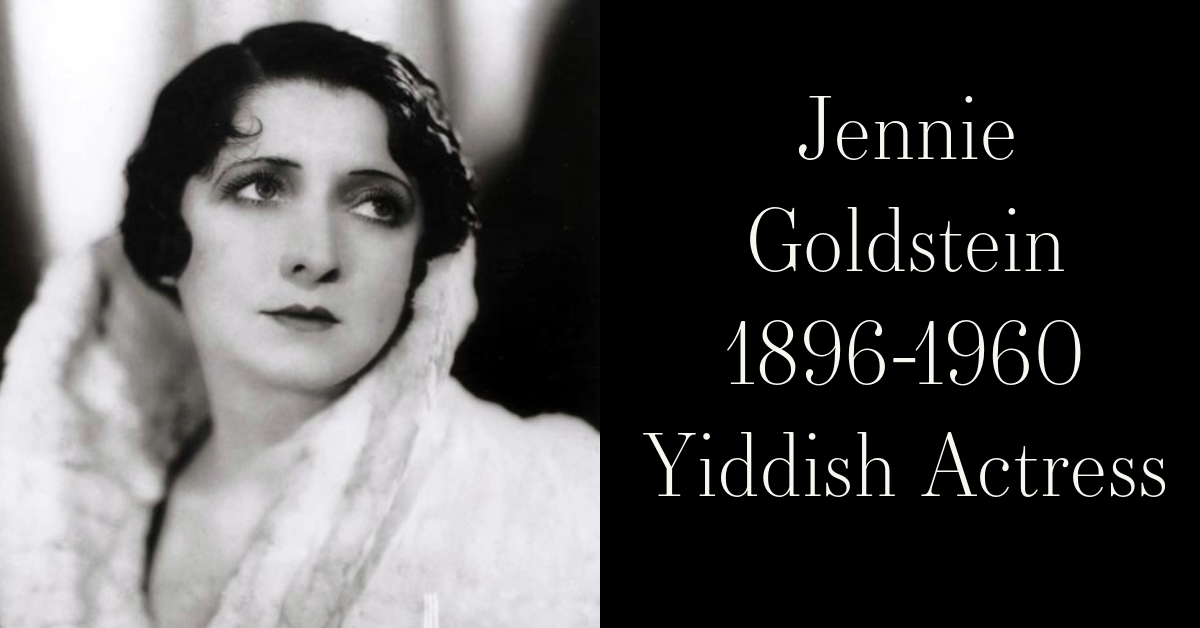Story Summary:
Naftule Brandwein was an Austrian-born Jewish American Klezmer musician,clarinetist, bandleader and recording artist active from the 1910's to the 1940's.
Naftule Brandwein is considered to be among the top Klezmer musicians of the twentieth century. Brandwein was also known for his impetuous and boundless life.
Many band compositions have become standards and sources of inspiration in the Klezmer music world. Since the revival of Klezmer in the 1970's, a new generation
the new generation of Klezmer revives the works of Naftule Brandwein.
~Blog by Renee Meyers
NUFTULE BRANDWEIN - KING OF THE KLEZMER CLARINET
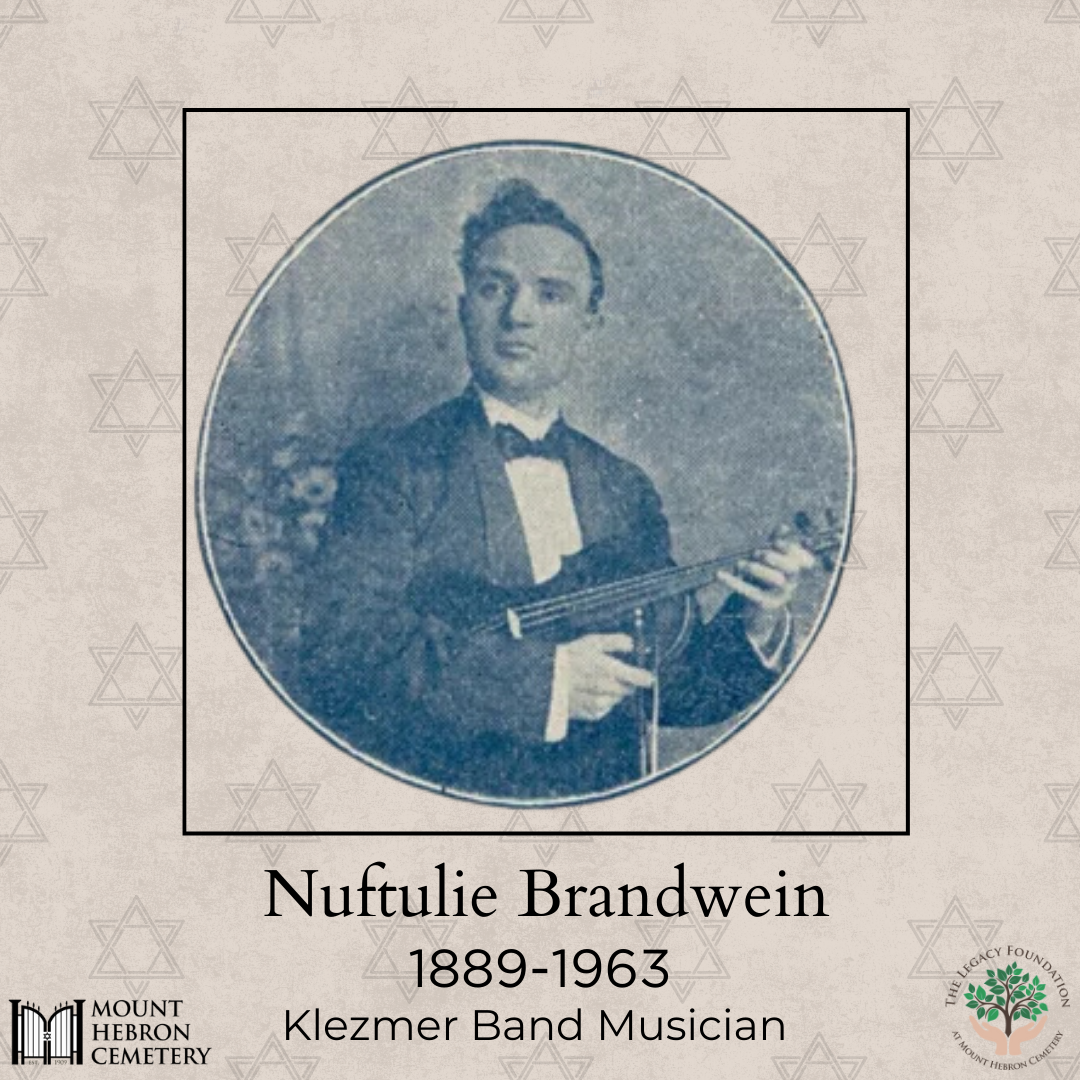
Naftule Brandwein was born in 1889 in a small town called Przemyslany in Poland. His father, Pesakh Brandwein, was a badkhn (wedding jester), violinist, and leader of his families’ kapelye (orchestra), that toured in all Eastern Galicia. Naftule was one of the 14 children his father had with four different wives. Naftule had nine brothers and four sisters, among them Henrietta, his twin sister. In 1909, all of his family members except two of his brothers emigrated in America. Naftule married his wife Dora, and they had their first son Moses, shortly leaving for America. The two Brandwein brothers who stayed in Europe were the eldest, Eli, and the youngest, Tzvi-Hirsch (both were later killed by the Nazis). Tzvi-Hirsch’s son, Leopold Kozlowski, was the leader of the resurrection of klezmer music in Eastern and Central Europe since the 1990’s.

When the family got to New York, Naftule joined his brother, Israel who was already living on Livingston Street on the Lower East Side. Naftule, his wife and son moved onto Pitt Street. Naftule applied for citizenship in 1912. He adopted the Anglicized name Nathan Brandwein, although in his music career, he continued to be known as Naftule. Naftule finally became a naturalized U.S. Citizen in 1919.
Naftule was born into a dynasty of klezmer musicians who were part of the Stretiner Hasidic dynasty founded by Rabbi Yehuda Hirsch Brandwein of Stratin. In Naftule’s family, Pesakh played violin, and clarinet, Moyshe played violin, French horn, and valve trombone, Mendel played piano, Leyzer played drums, and Azriel played cornet. Azriel became Naftule's first music teacher, and had a lasting impact on his playing.
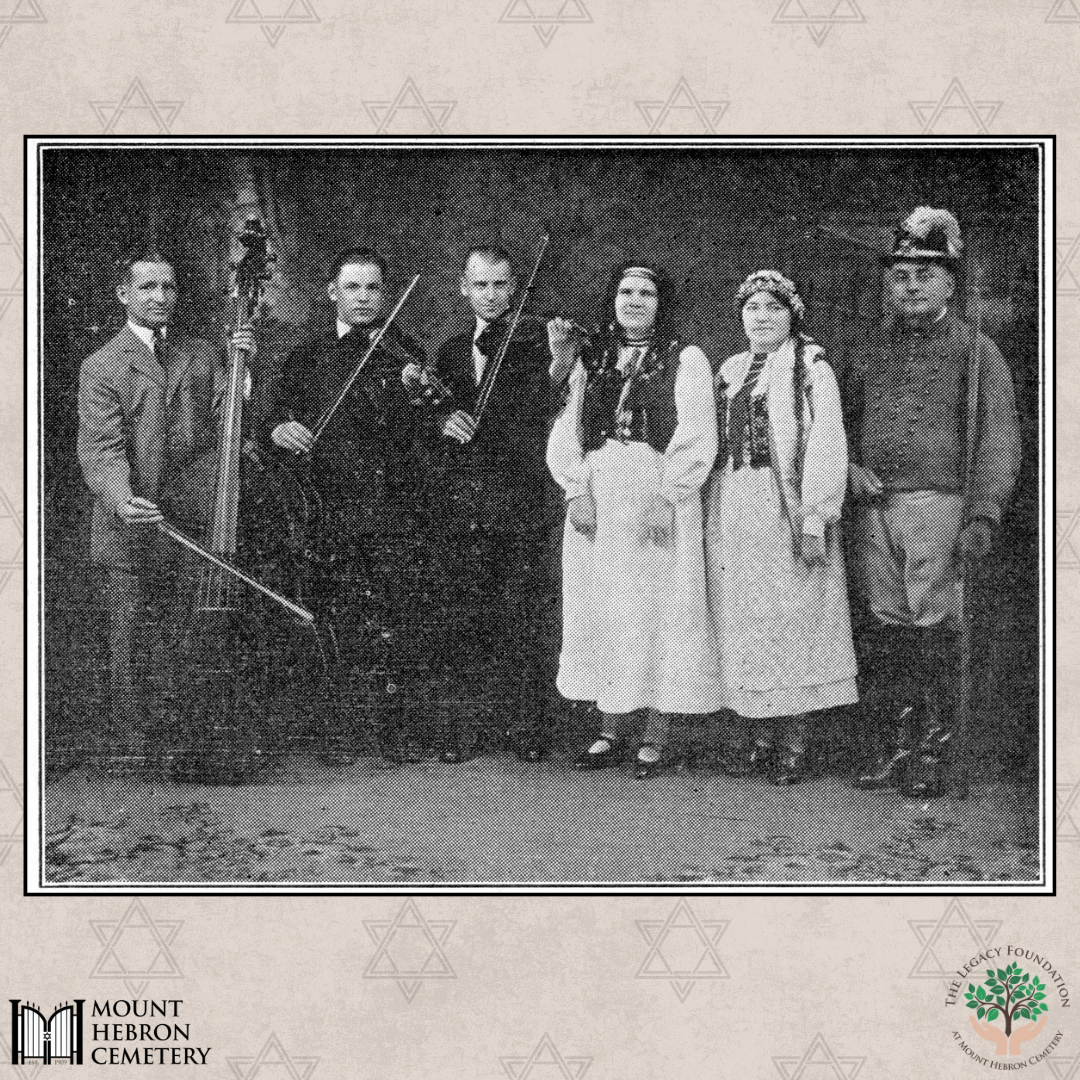
By the time Naftule arrived in the US, he was already a highly skilled clarinetist. He used his skills of self-promotion to build himself a reputation as a klezmer and bandleader. However, unlike other klezmers who recorded during World War 1 such as Abe Elenkrig and Max Leibowitz, Naftule does not seem to have recorded until around 1920. He initially played as an uncredited soloist in Abe Schwartz's band. It was in 1922 that he began recording under his own name at Columbia Records, making a handful of tracks of klezmer dances and virtuosic Doinas, as well as making some Ukrainian music discs under the label Russkyj Narodnyj Orchestra.
In early 1923, Naftule had made a handfulful of klezmer recordings at Emerson Records before settling in at Columbia's rival label Victor Records. He stayed there for several years, making approximately two dozen recordings from 1923 to 1927, consisting mostly of virtuosic klezmer music put out under the label Naftule Brandwein Orchestra.
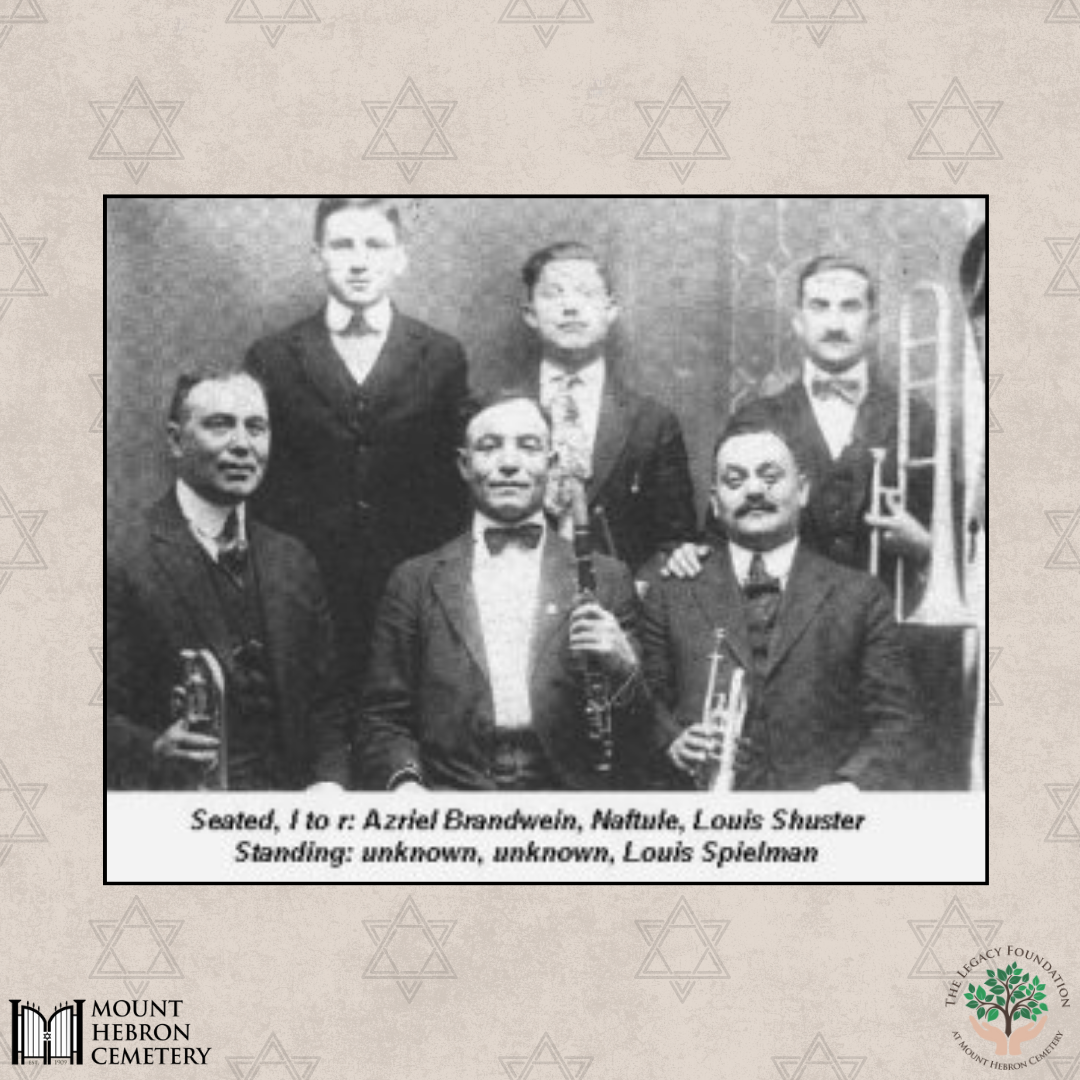
One of the recordings produced by Schwartz on which Naftule played was called “Firn Di Mekhutonim Aheym” (“Escorting the in-laws back home”). This street song had a continuous sostenuto and its solo of legato clarinet which was the perfect showcase for the incredible talents of Naftule. He impressed many with his improvisation, dexterity, his quickly played music scales and his air blowing management. Naftule’s glissando and his knaytches made “Escorting the in-laws back home,” one of the most heard and played recordings since the revival of klezmer music in the 1980’s. This is especially true regarding the orchestras who perform the repertoire of the small bands from the 1920’s and 1930’s.
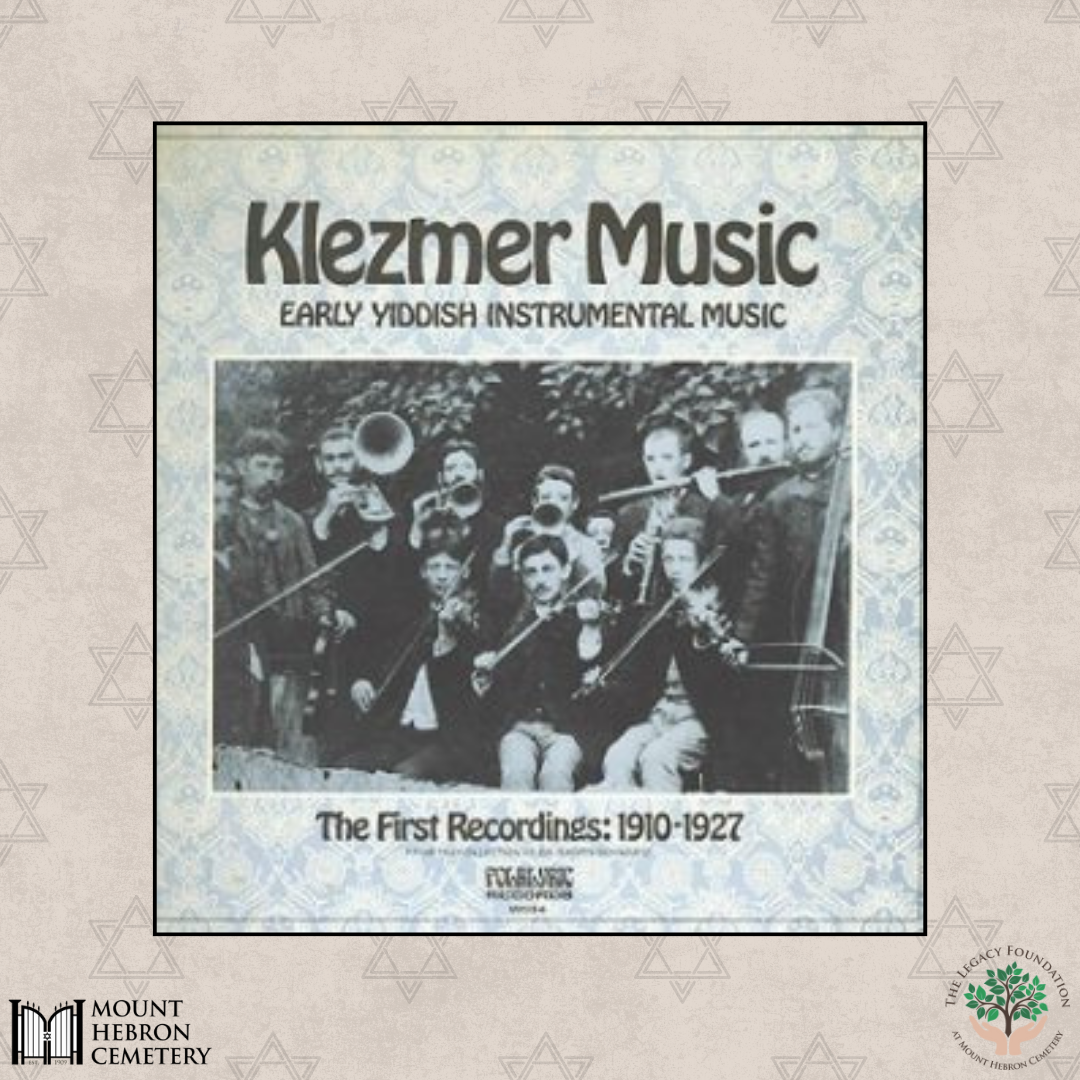
Many people listen to Naftule’s Yiddish classic recordings from the golden time of popular Yiddish music (1915-1935) and specifically in recordings by Abe Schwartz. In the background of these recordings, one can distinctly hear Naftule, the incredible virtuoso, playing on his E flat clarinet.
Nafule was known not only for his high level of skill on the clarinet, but also for his impetuous and no-limits life. Naftule allegedly really liked both women and alcohol. One used to say that if you hire Naftule for an evening and want him to be happy on the job and play all night long, you have to give him enough alcohol and a woman. Naftule was known to be the favorite klezmer musician of the Jewish Murder Gang Inc.
Naftule loved to spice up his concerts by designing and wearing outrageous costumes. He was known for pulling down his pants, wearing a neon sign on his chest saying “The Naftule Brandwein Orchestra”, with his back facing the audience to conceal his fingering tricks or by wearing an Uncle Sam costume with Christmas lights that once almost resulted in him electrocuting himself. Naftule’s public or private transgressions prevented Naftule from staying with one band since his actions and his attitude caused his colleagues to quickly become infuriated. Naftule was nevertheless a regular musician of the Joseph Cherniavsky Yiddish-American Jazz Band and Abe Schwartz’s orchestra.
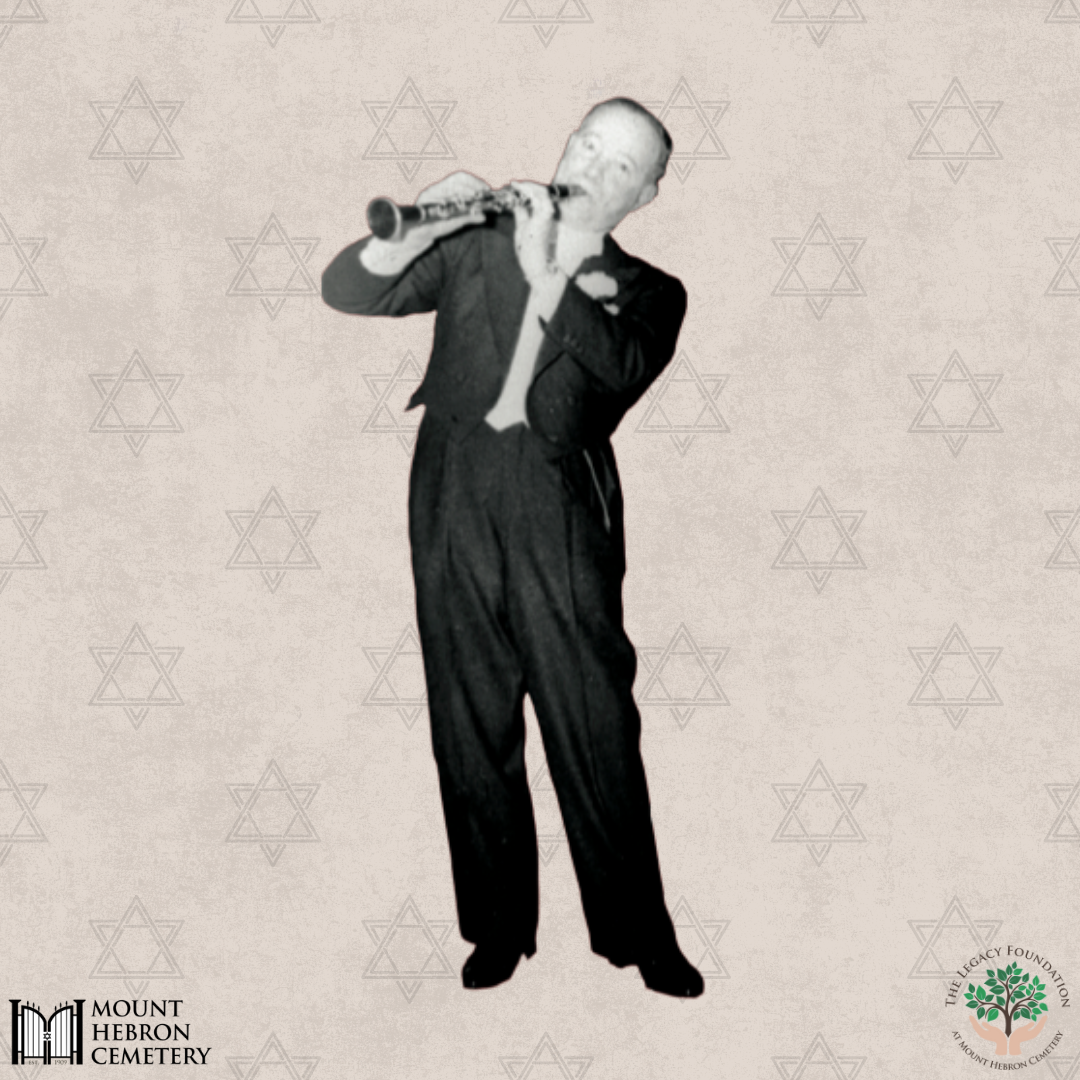
Naftule’s wild style incorporated the many strands of Eastern European Jewish music which was influenced by Greek, Turkish, Hungarian and Gypsy music. His warm and lively playing style during which time he would constantly jump up and down the scale and express himself in trills, slides and other ornamentation; he is often contrasted to the other famous klezmer clarinetist of his time, Dave Tarras, who had a different style of sound and phrasing. Brandwein took risks in his playing, often improvising a wildly different interpretation of a passage with each attempt.
Naftule’s career declined from the mid-1920s onward, as interest in his traditional approach to klezmer music waned. Naftule’s songs for Victor Records ended in 1927. He went from being the top musician in New York to performing in the Borscht Belt. Naftule finally returned to the Victor Records studio in 1941, recording a handful of klezmer dance pieces under his own label once again. By the 1950s, he had difficulty getting many jobs, due to the altered expectations in the music scene. Naftule could not read sheet music and was not as comfortable with popular American music as some of his contemporaries. Nonetheless, he continued to work regularly until shortly before his death.
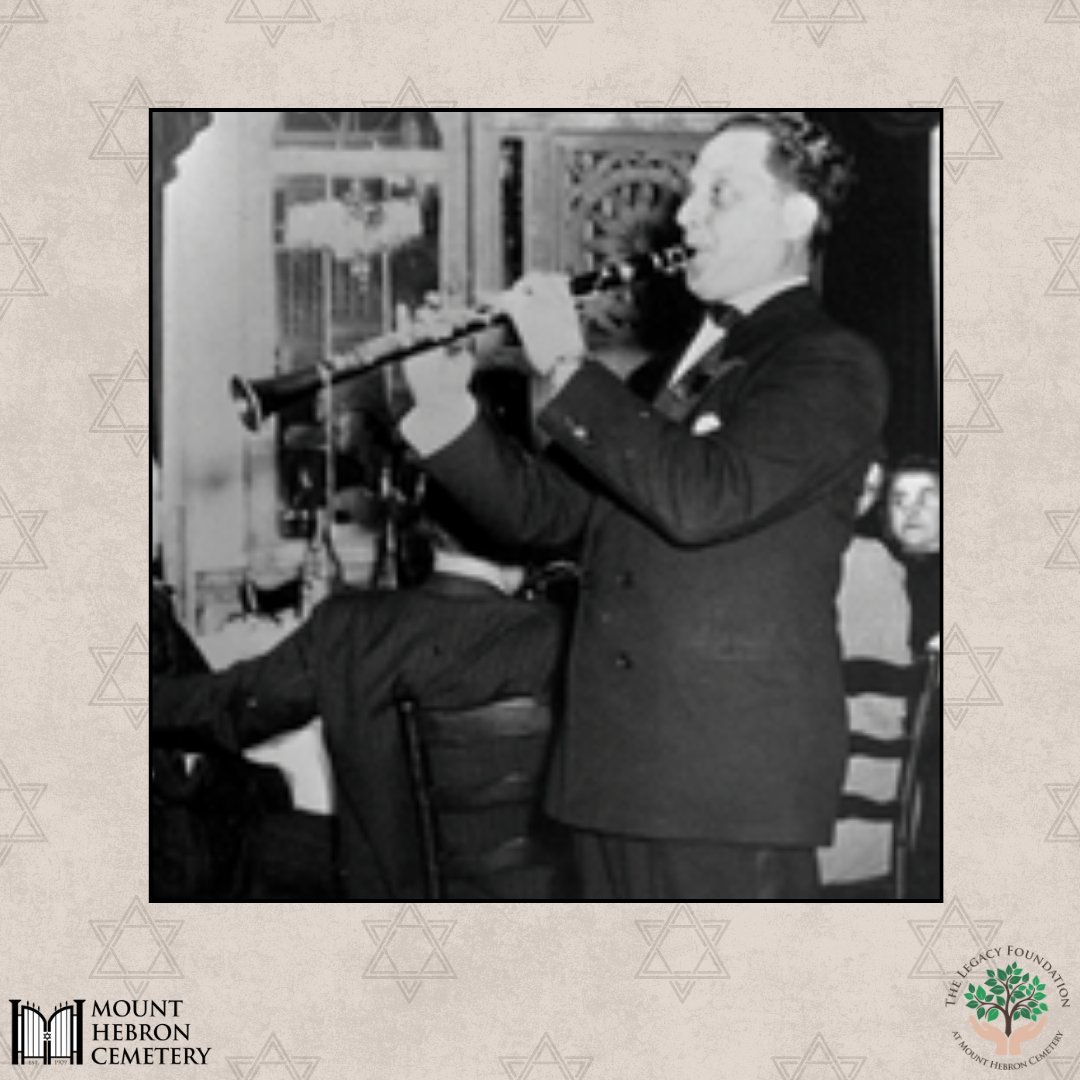
From 1922- 1927, Naftule made many recordings and created the typical sound of solo American Jewish klezmer clarinet players. Then he suddenly stopped recording. Naftule’s lifestyle negatively affected his health as well as his relationships with the other musicians. Nevertheless, Naftule kept working by doing small gigs for private occasions, weddings, or hotel special evenings. Finally, in 1941, Brandwein went into a recording studio one last time using the name “Nifty” Brandwein. The recordings, – “Klayne Princes in” (“Little Princess”), “Naftule’s Freylekhs,” “Freylekher Yontef” (“Joyous celebrations “) and “Nifty’s Eygene” (“What belongs to Nifty”)-, show the evolution of Brandwein during these 14 years of absence from the studio. Naftule now exhibits in a quieter and a more introspective tone. By the 1950s, he had difficulty getting many jobs, due to the altered expectations in the music scene. Naftule could not read sheet music and was not as comfortable with popular American music as some of his contemporaries. Nonetheless, he continued to work regularly until shortly before his death.
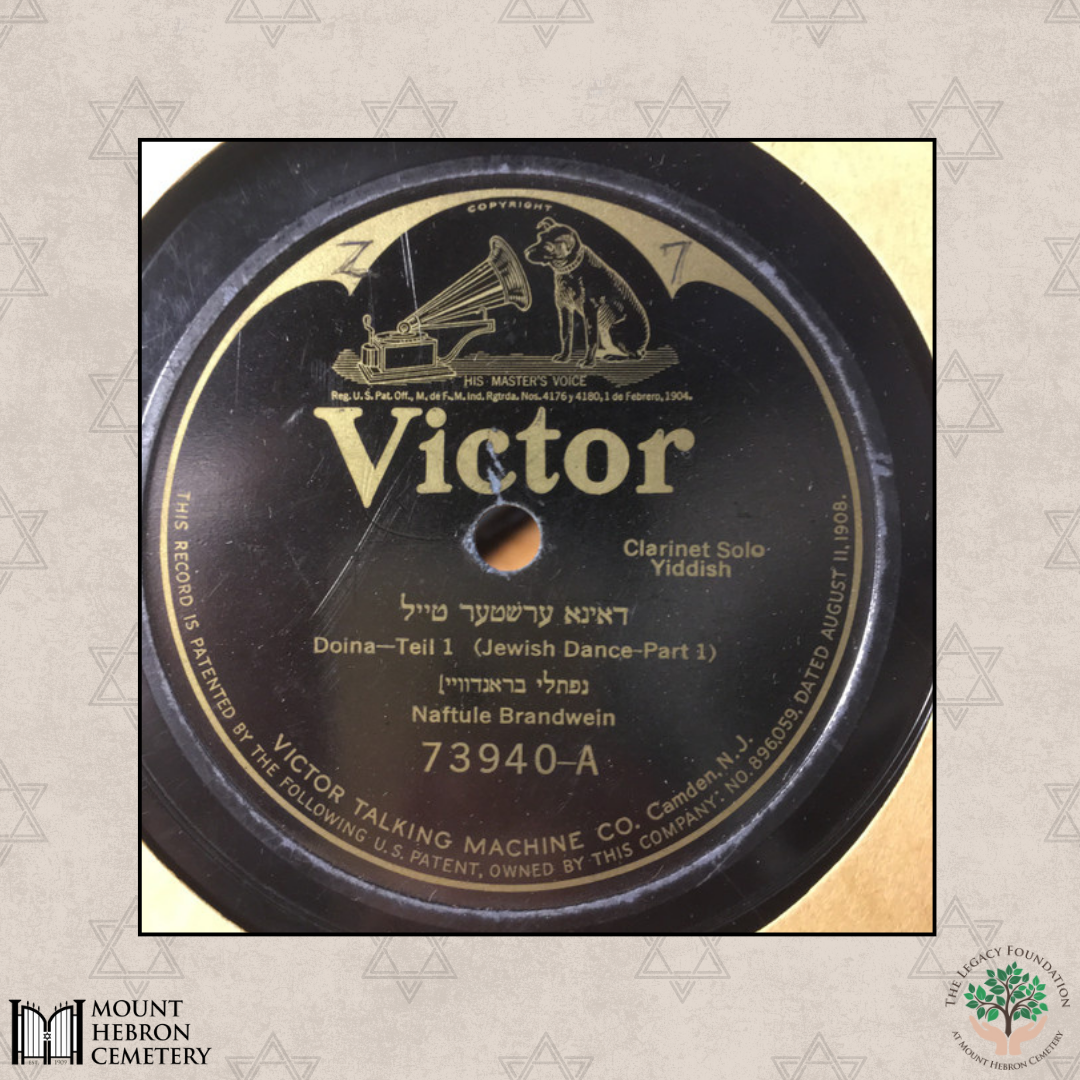
Nuftule died in October 2, 1963 at age 79. He was buried in the Mount Hebron Cemetery in Flushing in the Progressive Musical Benevolent Society. Naftuli, sadly, passed away prior to the revival of klezmer music starting from the middle of the 1970’s. In spite of this, Naftule’s influence had not vanished: a new generation of klezmer musicians point to him as their Naftule Brandwein. Along with Dave Tarras, Naftule is considered to be among the top klezmer musicians of the twentieth century, and has a continuing influence on musicians in the genre a century later. Along with Tarras and other contemporaries like Israel J. Hochman, Max Leibowitz and Harry Kandel, he also helped forge the new American klezmer sound of the early twentieth century, which gradually gravitated towards a sophisticated big-band sound.
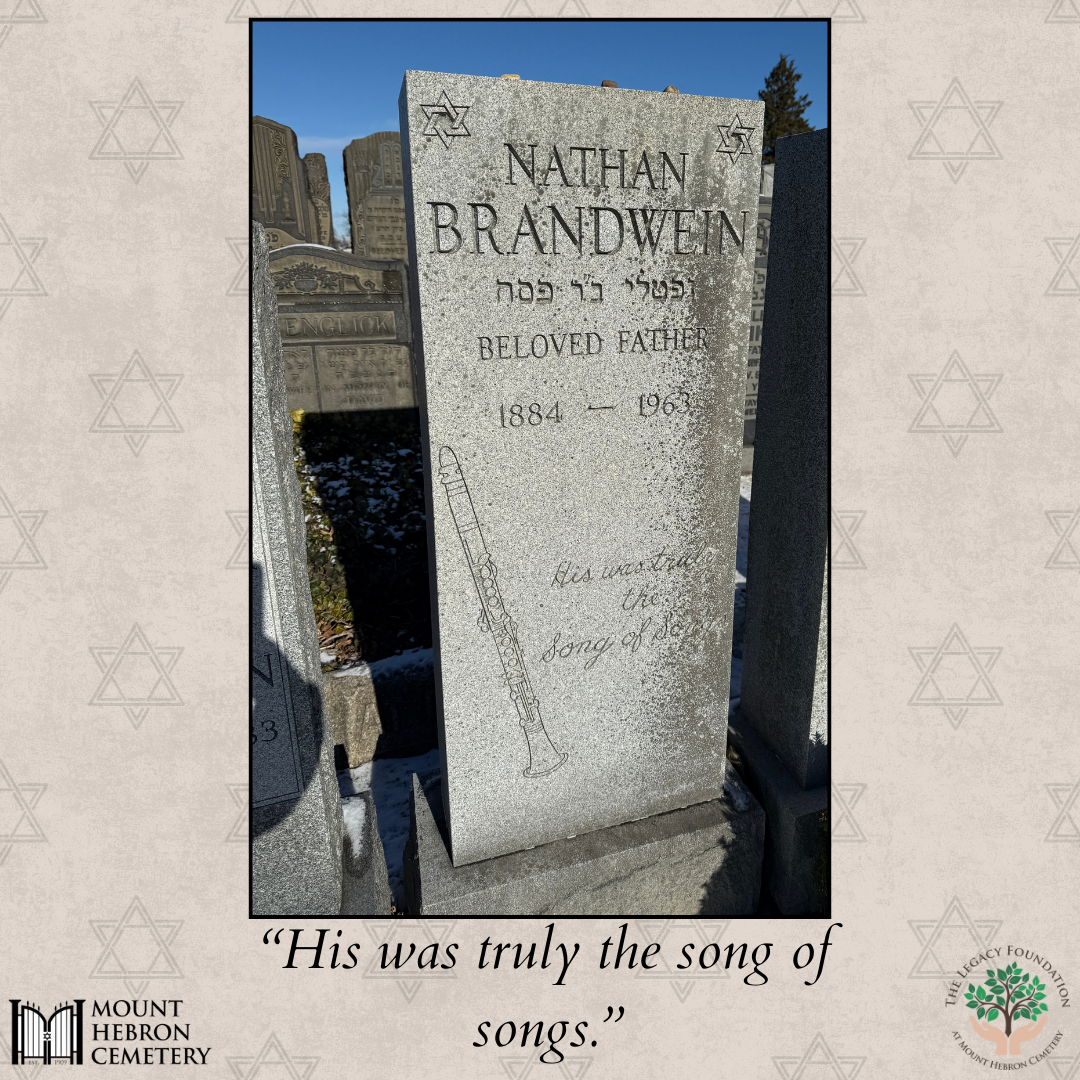
Blog by Renee Meyers


